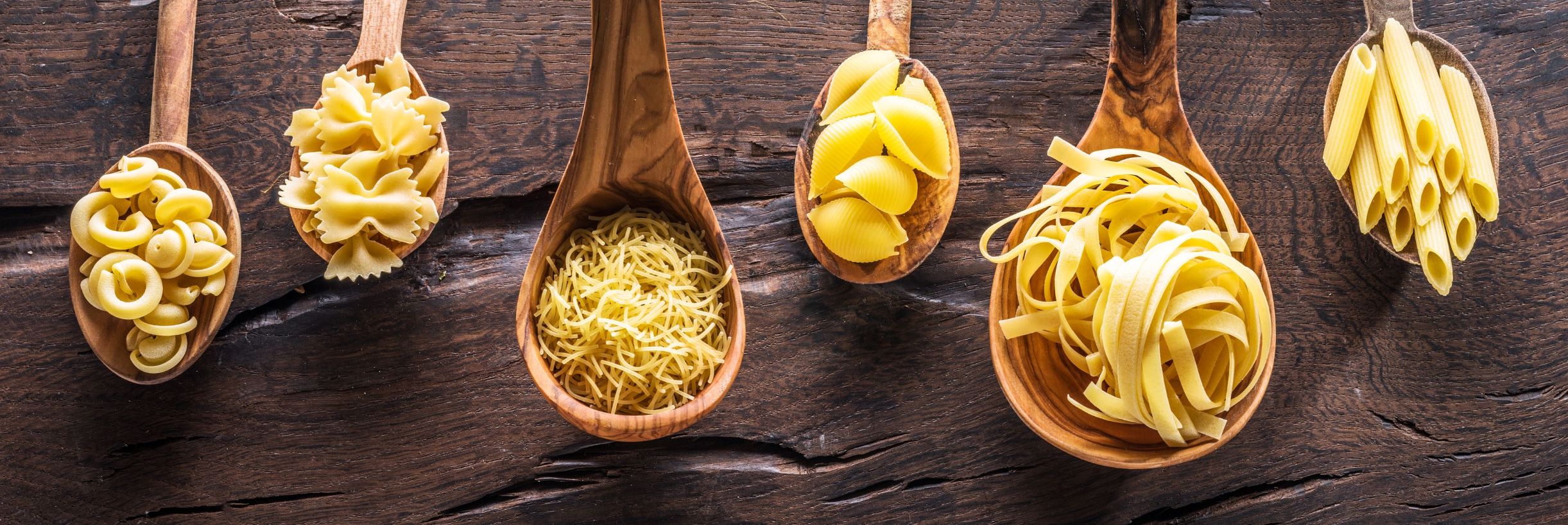
Perfect pasta dish? Here are the rules to follow
However trivial the first rule to follow is the quality of the raw materials. Choose a pasta that has enough porosity to absorb your seasoning and in this case wording the bronze drawn “trafilata al bronzo” or gold drawn “trafilata in oro” could help you. But it will be enough to observe at a glance to immediately grasp the difference between a smooth and porous pasta.
Since each sauce requires the use of olive oil, choose an extra virgin olive (EVO) oil. In this case, you won’t have to save money because a good EVO oil is expensive and therefore it will be the case that you are wary of bargain prices.
Use plenty of water. The pasta disperses the starches during cooking: if the water becomes cloudy it is a sign of excessive release and your pasta may not hold the right cooking time.
The salt, which is recommended to use coarse to properly regulate the salting, must be added or in the initial phase or when the boil is reached so as to make it absorb at best.
To keep the cooking “al dente” it is a good rule to taste because the right times could be shorter than those indicated. Al dente cooking is very important to keep the glycemic index low.
The creaming is always recommended as it helps to absorb the dressing. To get a perfect one you first need to have a large pan where your dressing will be heated (if based on oil being careful not to heat it too much) and, after removing the pasta from the water a couple of minutes before cooking, add it to the sauce over high heat, stirring constantly, adding the cooking water left aside, a little olive oil and, if desired, at the end a little of finely grated Parmesan cheese.
Finally, remember that seasonings such as pepper, parsley, and basil should be added at the end of cooking to keep them fresh and not release the bitter taste.
A drizzle of olive oil at the end represents a true chef's touch!
Share on:


